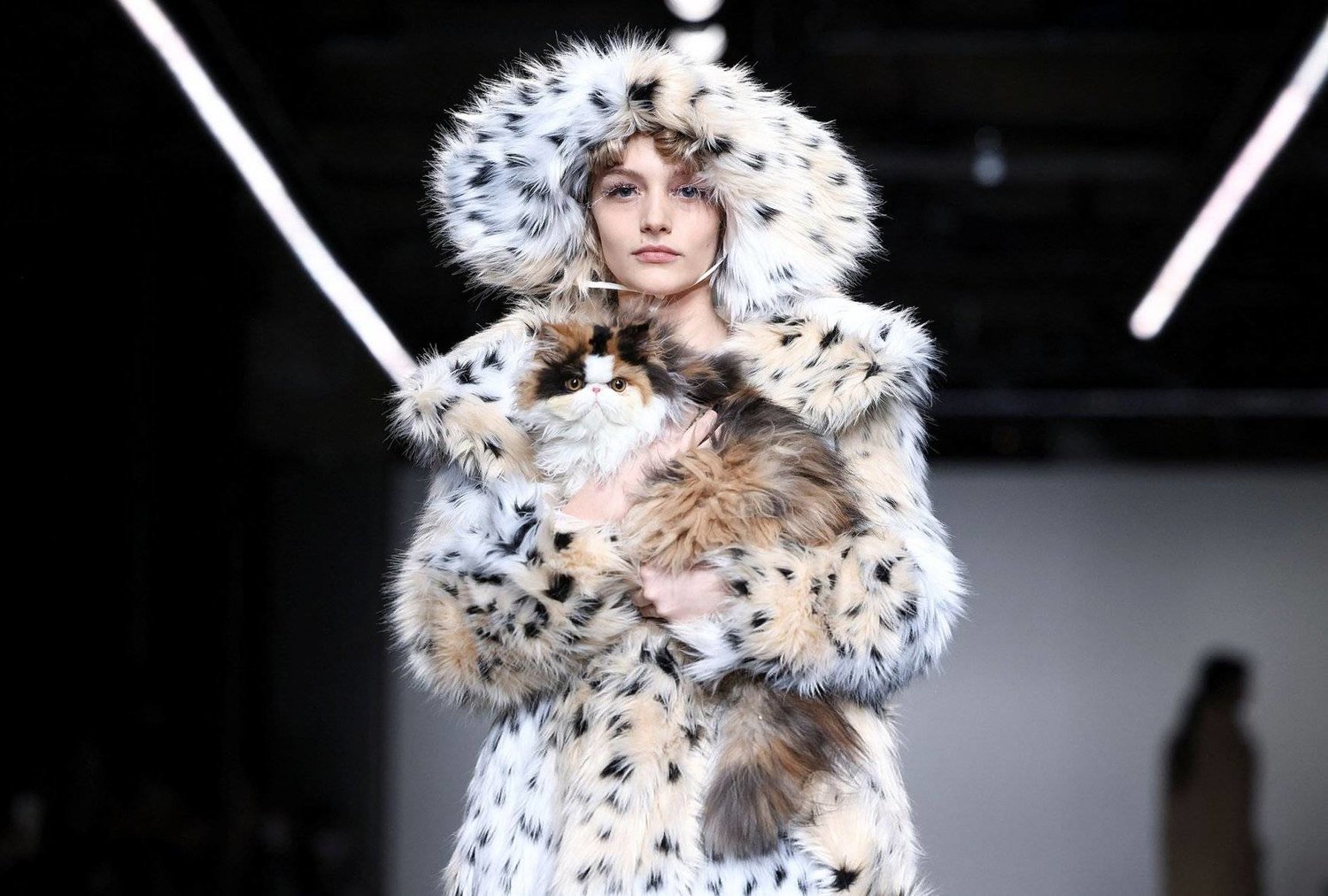In the age of rapidly advancing technology, artificial intelligence (AI) has permeated various industries, promising increased efficiency and innovation. However, one realm where the human touch remains irreplaceable is the world of fashion design. Despite the strides made by AI in different sectors, the intricate and nuanced artistry of fashion design, fueled by human creativity, remains beyond the reach of algorithms. This article explores why AI won't replace the creativity of fashion designers and the unique qualities that make human ingenuity indispensable in the fashion industry.
Emotional Intelligence and Intuition:
a. Understanding Cultural Context:
Fashion is deeply intertwined with cultural narratives and societal nuances. Fashion designers possess a unique ability to tap into the emotional and cultural currents of a given time, creating designs that resonate with people on a profound level. AI lacks the emotional intelligence to interpret these nuanced cues and create designs that are culturally relevant and emotionally resonant.
b. Intuition in Design Choices:
Fashion designers often rely on intuition and instinct when making creative decisions. This intuitive understanding of aesthetics, color combinations, and fabric choices goes beyond the logical parameters that AI operates within. Human intuition adds an element of unpredictability and creativity that is challenging for AI to emulate.
Artistic Expression and Storytelling:
a. Personal Artistic Expression:
Fashion is a form of personal expression, and designers infuse their unique artistic vision into their creations. The personal touch, style, and narrative that a designer brings to their work are deeply rooted in their individual experiences and perspectives, making each piece a work of art with a human touch.
b. Storytelling Through Fashion:
Fashion designers tell stories through their collections, weaving narratives that reflect cultural movements, personal journeys, or social commentary. AI lacks the ability to create narratives with emotional depth and storytelling finesse, which are integral components of fashion design.
Adaptability and Innovation:
a. Adapting to Trends and Changing Tastes:
Fashion is a dynamic industry where trends evolve rapidly. Human designers possess the ability to adapt, foresee trends, and even challenge the status quo. Their responsiveness to changing tastes and cultural shifts ensures that fashion remains a dynamic and ever-evolving art form.
b. Innovative Problem-Solving:
Fashion designers often encounter challenges during the creative process that require innovative problem-solving skills. The ability to think outside the box, experiment with unconventional materials, and push the boundaries of design is a uniquely human trait that AI struggles to replicate.
The Human Connection:
a. Connecting with Consumers:
Fashion is a deeply personal experience, and the connection between the designer and the consumer is often built on shared values, emotions, and aspirations. The human touch in design fosters a sense of authenticity and relatability, creating a bond that extends beyond the mere transaction of a fashion piece.
b. Empathy in Design:
Fashion designers empathize with the wearers of their creations, considering factors beyond aesthetics, such as comfort, functionality, and individual body shapes. This empathetic approach results in designs that not only look good but also enhance the overall experience of wearing the garment.
Conclusion:
While AI continues to make significant strides in various fields, the creativity of fashion designers remains a realm uniquely governed by human ingenuity. The emotional intelligence, artistic expression, adaptability, and human connection embedded in fashion design are elements that defy replication by algorithms. The future of fashion will undoubtedly see collaborations between designers and AI, but the essence of creative design, rooted in the depths of human imagination, will persist as an invaluable and irreplaceable force in the world of fashion.





0 Comments